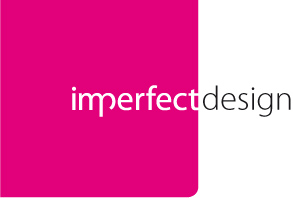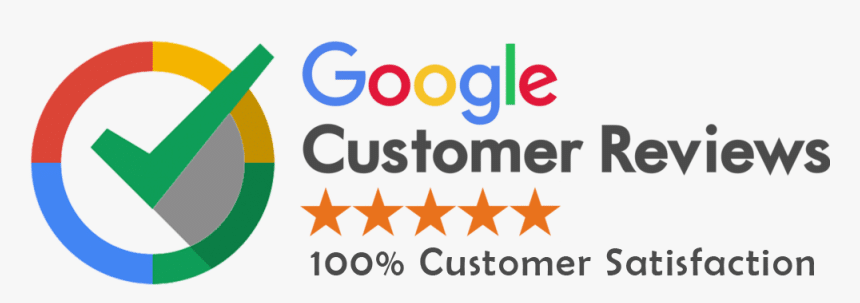In the era of digital perfection, with unlimited scale able designs and complicated factors, Web Designers focus to use the colors considering the other things and avoid using imperfect design techniques. The human elements to such designs is usually attractive enough to make the accomplished and the limitations are constantly copied to manage this touch in digital created works.
Imperfect design is now experiencing a bit of boom with customary badge style logos. Web Designing Company has constant use of distressed fonts and imagery for the branding ot cafes, design studios, fashion labels, bars and craft beer companies. However some designers find this exhausted but they don’t have to fear as with little digging of early 90’s, is massively untapped and countless inspired goldmine of limited budget, inspiring graphic designing.
Bands themselves would learn the screen printing, photocopy and cropping, they will come up with unique ideas to apply typography in designs. In their innocent struggle to change themselves with the nearest subculture, wrap their cheaply cut vinyl in something attention grabbing and plaster the town with a message regarding upcoming show, such innocent creatives puts energy in design and raise its value and warmth.
A lot of scratchy photocopies of the old line illustrations would create awesome logos and huge blocks of clumsily screenprinted colour could flop in best way. There are two ways that encourages Web Designers of Dubai to boost their inspirations and record covers, show posters or screen print, usually wrapped in wild ink drawings of everything from grim reaper till smoothly moving pineapples.





